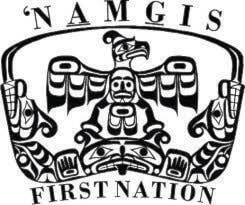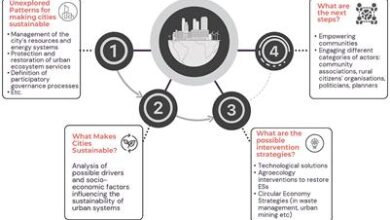Land resource planning for sustainable land management – Current and emerging needs in land resource planning for food security, sustainable livelihoods, integrated landscape management and restoration – World

Executive summary
This working paper provides an overview of the historic development and status of implementation of land evaluation and land-use planning concepts and tools for land resource and landscape management, and it proposes recommendations for future actions. The increasing and juxtaposed challenges of population growth, demands on limited resources by diverse actors, land degradation, biodiversity loss and climate change require the rational use of resources to sustain and enhance productivity and maintain resilient ecosystems. Land-use planning and, more broadly, land resource planning (LRP), are tools for achieving the sustainable and efficient use of resources, taking into account biophysical and socioeconomic dimensions. The availability of suitable tools and information to support and satisfy the needs of decision-makers at different scales, across sectors and among stakeholders is limited, however. The needs of decision-makers to address the challenges and drivers of change and promote effective and sustainable responses calls for an updated set of tools and approaches for participatory LRP. Such a set of tools should take into account biophysical, economic, socio-cultural and governance dimensions, and it should promote integrated landscape management as a means to satisfy the needs of multiple stakeholders and implement diverse national strategies and commitments. It is proposed that a consultation process involving a wide range of stakeholders operating at different scales be undertaken to bring together lessons and experiences in tools and approaches for LRP and to identify the main gaps and opportunities. This consultation process should lead to the formulation, with partners, of a strategy for the development, testing and validation of updated LRP tools in pilot countries with stakeholders and decision-makers, from the scale of local landscapes to the subnational, national and transboundary scales.
To initiate such a process, the Land and Water Division of FAO conducted a survey among stakeholders operating at different scales and in different sectors and regions to compile lessons and experiences from users of LRP tools and approaches and to identify challenges in the use of such tools, the need for and gaps in LRP tools, and possible future actions. The survey provided useful perspectives among professionals on the gaps and bottlenecks in LRP tools and opportunities for future development.
It is clear that many disciplines need better LRP, and the various actors and sectors need to be brought together in planning processes. In developing future actions, more emphasis on LRP will be required at the national and subnational levels. A key principle is to ensure the balanced involvement of all stakeholders in the planning process. It is also important to enhance the visibility of user-identified tools, approaches and databases. In all cases, capacity building in the use of specialized tools and databases is necessary. A balanced mix is required of user-friendly computer tools and printed materials. Interventions in different regions to develop LRP tools should recognize region-specific needs and priorities.
The FAO survey identified a serious knowledge gap in the LRP community about the tools and approaches available for guiding LRP processes.
To address this gap, an inventory of existing tools and approaches was compiled and the Land Resources Planning Toolbox was established. The Toolbox lists the available tools and describes their capabilities, limitations and suitability for various LRP stakeholders, professionals, regions and scales. The Toolbox distinguishes between tools in the biophysical and socio-economic domains and those that integrate both domains, and it can be searched according to several criteria. LRP tools can help decisionmakers and land users put sustainable land management into practice.



